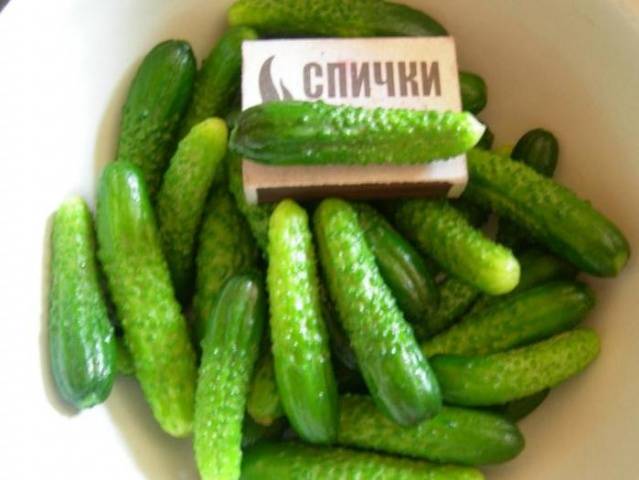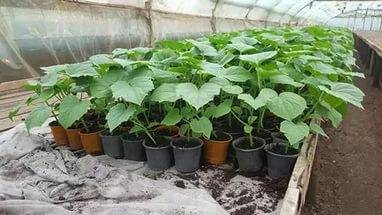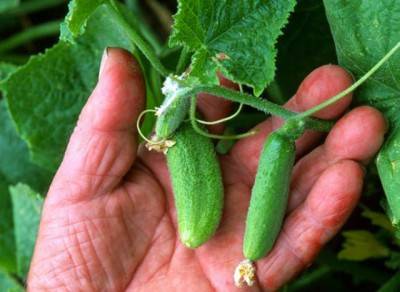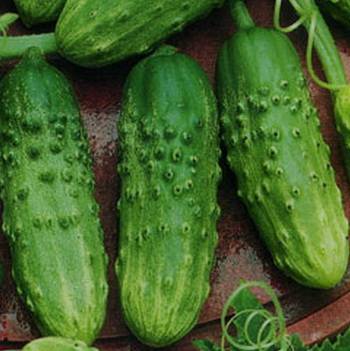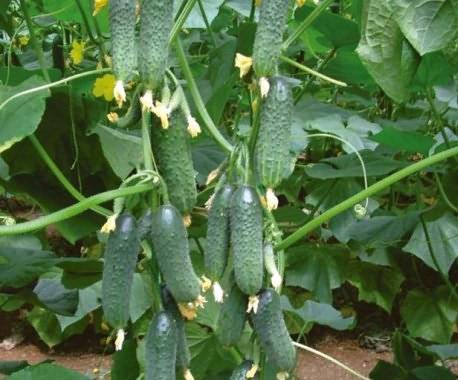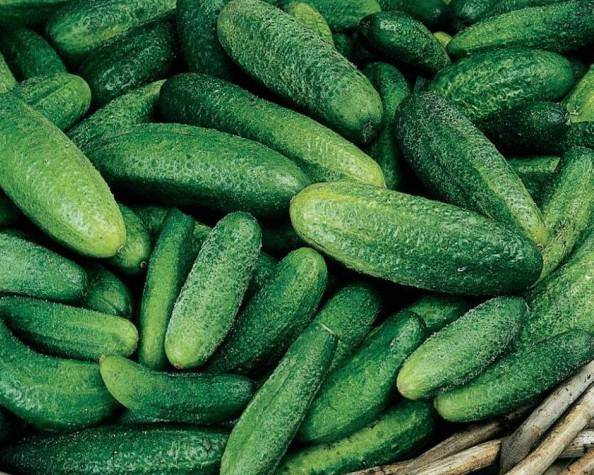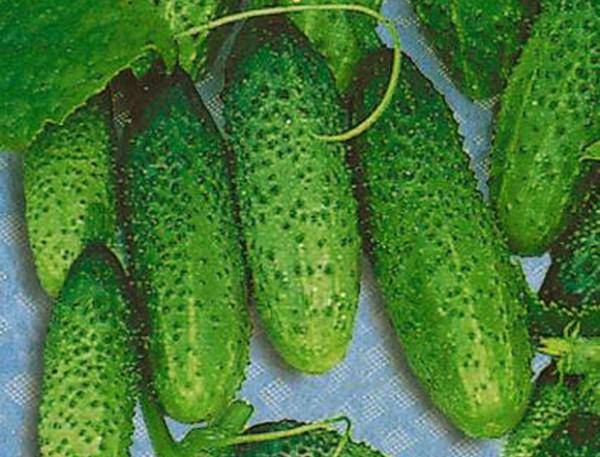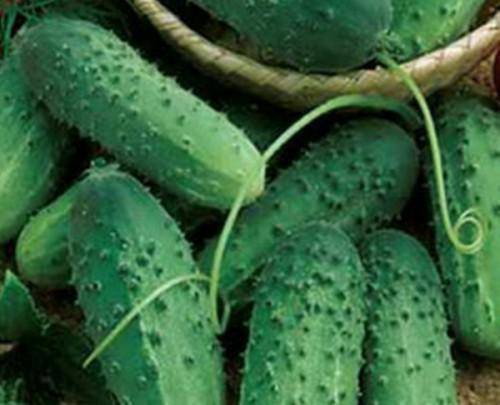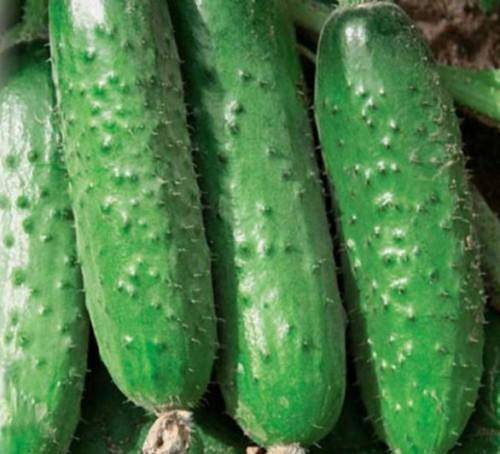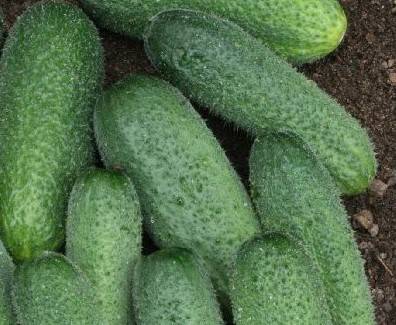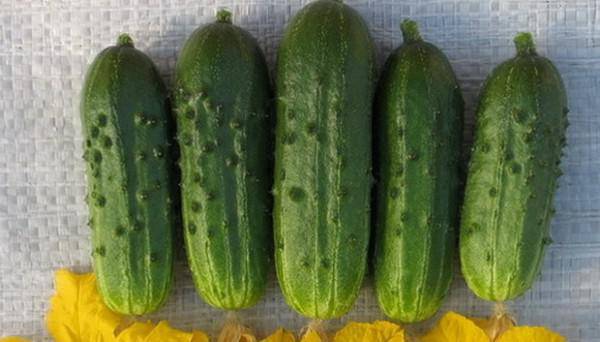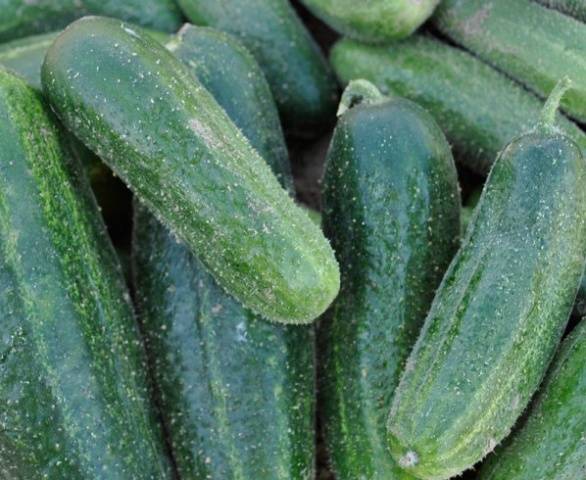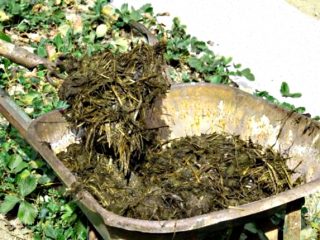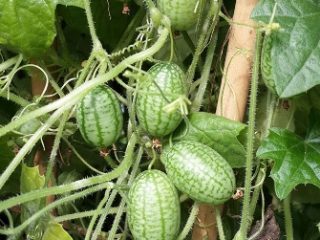Content
For many, pickled cucumbers are a favorite appetizer at a holiday feast. Moreover, gourmets have special requirements for vegetables. First of all, the cucumber should be small, smooth, with small seeds, and most importantly, crispy. All these requirements are met by gherkins, the length of which does not exceed 10 cm. Thanks to the painstaking work of breeders, varieties for open ground have appeared, which we will get acquainted with today.
What kind of variety is this
The fashion for pickled small cucumbers came from the French. Often in many recipes or descriptions there is another name - pickles. Many people call gherkins that way. However, this is a mistaken opinion, because pickles are nothing more than a general designation for pickled vegetables. Summer residents often pick cucumbers from bushes that have not grown to the required size for preservation and roll them into jars, showing off the so-called gherkins to their guests. However, this is just an unripe cucumber.
There are special varieties of cucumbers, the adult fruit of which cannot grow more than 5 or 10 cm. These are real gherkins. In this group there is another subgroup of varieties with ready-made fruits measuring no more than 5–7 cm. They are called mini-gherkins.
Some summer residents have the opinion that real gherkins can only be grown in greenhouse and in the absence of such a structure, the owners continue to pick unripe fruits of ordinary varieties for canning. Do not despair, because among the many gherkins there are varieties intended for open ground. We’ll talk about their diversity and growing methods further.
Secrets of gherkin agricultural technology
The method of growing gherkins, even if the varieties are intended for open ground, is slightly different from traditional cucumbers. The fact is that they are very heat-loving and a seed thrown into cold soil may simply not sprout. Gherkins can be planted in the garden using seeds or seedlings, but if the first method is used, then sowing should be done no earlier than June. At this time, the soil will warm up sufficiently. It is better to use seedlings for open ground. It is optimal to plant it in a vacant plot of the garden after harvesting early greenery.
Many varieties of gherkins intended for open ground are characterized by weak branching. However, seedlings cannot be planted densely in the garden bed. Optimal for 1 m2 arrange 3 plants.
As for the soil, it should be loose with an acidity of 6–7 pH. Every 5 years, the garden plot allocated for cucumbers must be fertilized with manure at the rate of 10 kg per 1 m2. Before planting seedlings, dig a trench the depth of a spade bayonet, cover the bottom with hay, and apply mineral fertilizer. All this is covered with compost 15 cm thick and covered with soil. On the resulting layer cake, holes are dug into which the seedlings are planted. For the first feeding of the root system, you can add humus to the holes.
The video shows the planting of gherkins in open ground:
You can make it by preparing a solution of 1 pack of dry yeast and 10 liters of warm water. When tremors are activated, another 50 liters of warm water are added to the liquid and the plants are watered with this mixture 2 times per season. This fertilizing is very effective for open ground. Thanks to yeast, plant growth is enhanced.
Some tips for growing crispy gherkins
Due to the fact that the fruits do not outgrow, lazy gardeners can leave them hanging on the plant, picking them only when necessary. This cannot be done. Adult cucumbers gradually lose their crunchy properties and begin to turn yellow or fall off. But, most importantly, old fruits pull nutrients from the plant, preventing the formation of a new ovary.
The most important thing that is appreciated in pickled and fresh gherkins is its crunch. Of course, this indicator depends on the variety, and sometimes on the canning recipe. However, calcium is also responsible for the crunch, which is especially necessary in sufficient quantities for a developing plant. It is added during feeding. Limestone works well bone flour, phosphorite or gypsum.
Two varieties of gherkins for beginning gardeners
As already mentioned, there are many gherkins for open ground. First, let's look at 2 varieties that are optimal for beginning gardeners.
"Son of the Regiment"
The plant is characterized by average ripening of the fruit, which occurs 45 days after planting in the garden. Cucumbers of this variety belong to mini-gherkins. The medium-branched stems are covered with female flowers.
The fruits of the plant have the following characteristic differences:
- The oval-shaped vegetable has a peel that is rarely covered with large pimples;
- cucumbers have white thorns;
- The adult fruit grows no more than 8 cm long.
The advantage of this variety for open ground lies in the inability of fruits to outgrow and subsequently acquire yellowness. The plant is resistant to most types of diseases, fruitful and resistant to scab. Possessing good taste, cucumbers of this variety are considered universal in purpose.
"Madam"
The ideal variety for open ground is the “Madame” gherkin. This hybrid is characterized as mid-season, bearing fruit on the 48th day after germination. The plant is covered with female flowers, however, the participation of bees is required for fertilization. The ovary on the stems is formed in bunches, no more than 6 fruits.
The characteristics of the gherkin fruit are as follows:
- Usually the length of the cylindrical vegetable is 10 cm, but the fruit can grow up to 12 cm;
- the peel is dark in color with light stripes and covered with thick pimples;
- thin skin, one might say, very delicate, protected by white spines;
- an adult fetus weighs a maximum of 85 g.
The advantage of the hybrid is its resistance to various diseases, especially root rot. Mature gherkin fruits do not outgrow, have a dense structure and are not characterized by yellowing. Cucumbers of this variety bear fruit intensively, which allows for good harvests. It is only important during the formation of the bush to pinch the stem above the third leaf. In terms of use, the fruit is considered universal. Used for cooking and marinating.
Rating of the best varieties of gherkins
If the 2 varieties considered are a good option for beginning gardeners, this does not mean that you should choose only them. Let's look at other popular varieties of gherkins that have no worse characteristics.
"Parisian gherkin"
The early variety is a bee-pollinated species. The appearance of the first fruits is observed 41 days after germination. The length of a mature vegetable varies from 6 to 10 cm.
The video shows the Parisian gherkin seeds:
"Moravian gherkin F1"
According to its characteristics, this cucumber can be called a brother of the “Parisian gherkin”. The plant is similarly intended for open ground and requires pollination by bees.
"Kai F1" and "Gerda F1"
Two more brothers with similar characteristics feel good in cold climates.Plants of these varieties adapt to extreme conditions, and even if the summer turns out to be cold with prolonged rains, there will still be a harvest of gherkins.
"Advance F1"
This vegetable is one of the fastest ripening gherkins. Sometimes on advertising labels of this variety you can see the inscription “Super early ripening”. The fruits, 7–9 cm long, are very tasty with a characteristic crunch.
"Thumbelina F1"
The same early ripening hybrid with a high yield. The fruits of this variety are not afraid of transportation and are stored for a long time without loss of taste.
"Harmonist F1"
The early ripening variety is characterized by long fruiting. The ovary is formed in bunches on the stem.
Concluding the rating, I would also like to highlight hybrids “Mademoiselle”, “Suzdal”, “Quadrille”, “Cappuccino”, “Beaver”. These gherkins belong to the parthenocarpic species and in an open garden they pollinate perfectly without the participation of bees.
The best mini gherkins
A characteristic difference between mini-gherkins and ordinary cucumbers is the ripening of the fruit on the third day after flowering. The small vegetable has all the full qualities of an adult cucumber and has delicate crispy flesh.
"Children's F1"
The hybrid has good performance. The neat shape of the bush with beautiful leaves makes the plant a candidate for growing not only on the street, but also on the balcony.
"Marinade F1"
The hybrid belongs to an early ripening variety. Suitable for growing outdoors and in greenhouses. A small, dark green vegetable with small pimples, it has a sweetish taste. The plant is resistant to temperature changes.
"Moth F1"
The mid-early hybrid produces a harvest approximately 50 days after planting.The plant is of medium height and the same branching produces female flowers followed by a bunched ovary of up to three pieces. The dark green fruits are characterized by white stripes and white spines. The length of the vegetable is no more than 8 cm. The crispy flesh of the gherkin has a sweet taste without bitterness. When preserved, the cucumber retains its density.
"Filipok F1"
A tall plant with the formation of a large number of branches is covered with flowers of a predominantly female type. Short fruits, no more than 8 cm long, do not tend to overripe and turn yellow. The vegetable is characterized by crispy, sweetish pulp with a characteristic aroma. From 1 m2 plot of land will yield about 10 kg of crop per season. Gourmets consider the gherkin the most successful for preservation. The harvest is harvested 3 times a week, and 5 cm long pickles are picked every day.
Less popular varieties include mini gherkins “Rabulka F1”, “Mikado F1”, “Tablecloth – self-assembled F1”, “Nastya F1”. They have no worse characteristics and have gained popularity in certain circles of gardeners.
Giving preference to any of the gherkins, you should not plant the bed with one variety. It is better to plant several varieties of cucumbers with different ripening times in open ground. This will give you the opportunity to harvest throughout the summer and decide on a more suitable variety for your home garden.
